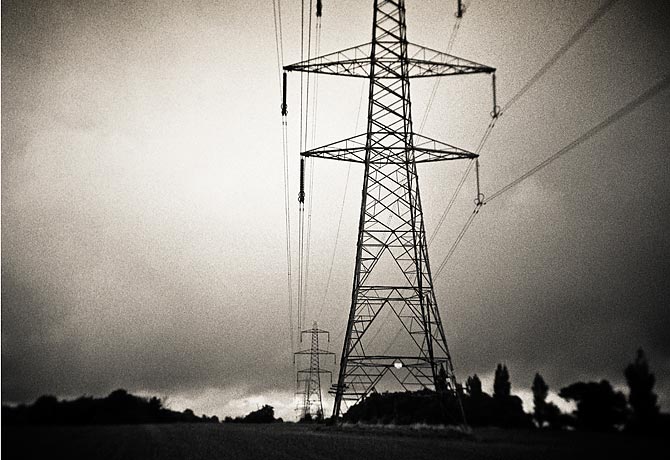
In 1886, the town of great Barrington, Mass., set up the first alternating-current electrical transmission line in the U.S. In the nearly 125 years since, the products we run with electricity have changed incalculably, but in many ways, the massive grid that delivers that power has barely changed at all. Utilities have little means of tracking the electricity they produce and distribute; if a blackout occurs, they're in the dark until angry customers start calling.
Users are in the same boat. They don't know much about the electricity coming in, and they don't much care, since they generally pay about the same for their power throughout the day even though spikes in demand make electricity much more expensive to produce at peak times. The result is a creaky electrical grid that is still prone to spectacular failures like the 2003 blackout in the northeastern U.S. and parts of Canada. Yet smaller leaks are problematic too. "We lose between 7% and 9% of our power in the wires of our transmissions system," says Don Von Dollen, program manager at the Electric Power Research Institute. "That's a lot of power lost into the air." Our tech is 21st century, our grid barely in the 20th.
But there's a way to upgrade the grid by marrying the networked intelligence of the Internet to transmission lines and transformers. The result wouldn't just be better; it'd be smarter — a smart grid. Utilities would be able to remotely monitor the distribution of electricity, allowing them to respond rapidly to any outages. Consumers would be able to use intelligent, networked appliances to control how and when they use electricity, shrinking their power bills and smoothing demand.
A smarter grid could better integrate intermittent renewable sources like wind and solar, which would help cut carbon emissions and ultimately save consumers as much as $20 billion over the next decade. Though transforming the nation's electrical system will be a long and expensive process, the creation of a smart grid is one of the White House's top green priorities, with the Federal Government releasing $3.4 billion in grants in October to 100 companies working on the grid. "It will make our grid more secure and reliable," said President Barack Obama in an October speech. "Building this 21st century energy infrastructure will help us lay a foundation for lasting growth and prosperity."
We're still a long way from a truly smart national grid, but cities around the U.S. are beginning to put the pieces together. In ever green Boulder, Colo., the utility Xcel Energy has embarked on its SmartGridCity project, an experiment that would make the town the first fully functioning smart-grid-enabled municipality in the world. It begins with the installation of 16,000 advanced smart meters, which allow Xcel to track its customers' electricity use on a real-time basis. With the entire system networked, that data can be used to anticipate failures and allow Xcel to respond quickly; the project has already helped the utility avert four potential long-term outages this year. "We can see a failure before it's a failure," says Jay Herrmann, regional vice president of Xcel.
The company will soon launch an in-home energy-management Web system that will allow Boulderites to remotely review and control their electricity consumption. With that knowledge comes power: by tracking our consumption patterns, we can use electricity more efficiently. "Fundamentally we're applying information technology to the existing electrical infrastructure," says Mark Brownstein, managing director of business partnerships at the Environmental Defense Fund. "With greater information, we can provide new opportunities to improve service and reliability."